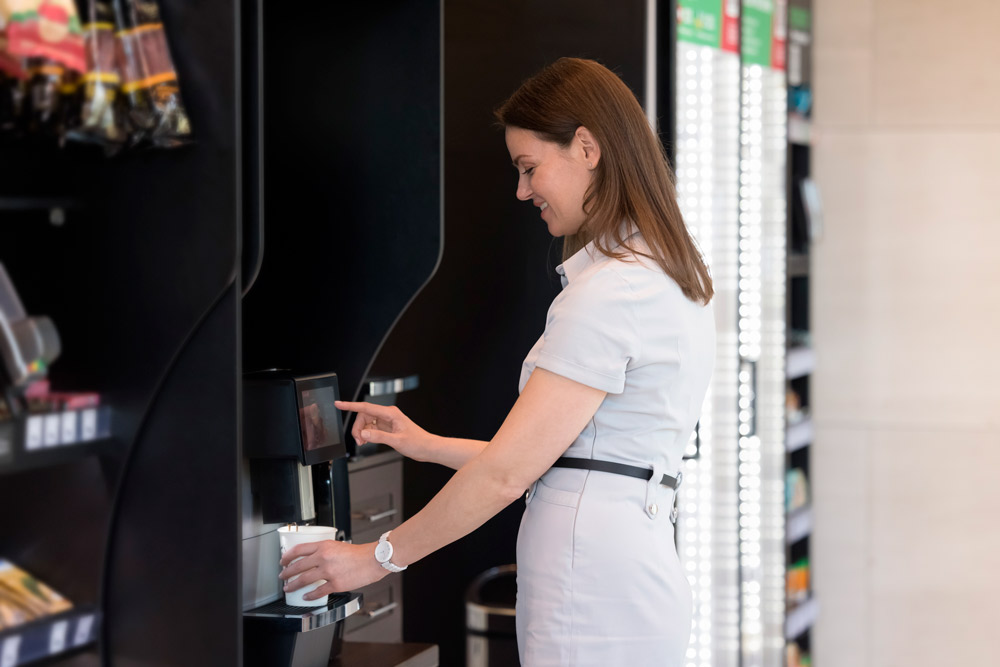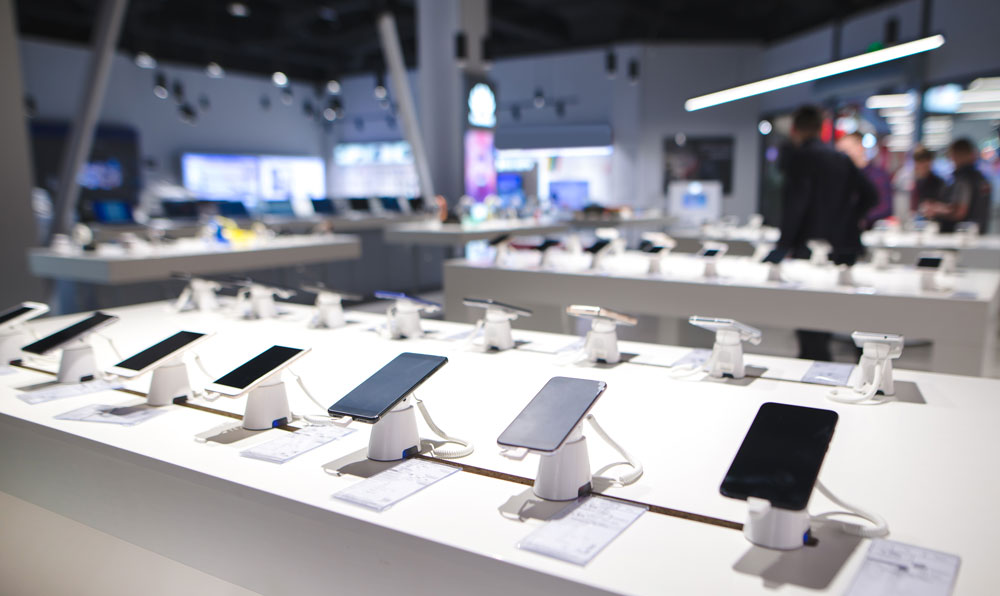Let’s put ourselves in the following situation: an in-store walk-through.
The objective is to experience the store from the customer’s perspective to assess whether the standards defined by the company are met.
When walking down the aisles, it is impossible to avoid noticing empty shelves, locations that do not have enough stock, out-of-stock products generating dead areas, and others that cover more than the optimum, taking advantage of open spaces.
When checking the system, the inventory indicates that there is sufficient stock. Then, the replenishment of the product is coordinated since -theoretically- the backroom has enough inventory. It only needs to display it and make it available to customers.
However, the problem does not end there. When looking for the products, it is discovered that they are not there, there is no stock inside the store or in warehouses. This situation is called phantom inventory.
What is Phantom Inventory
Phantom inventory is inventory that does not exist in reality but appears to be in stock, like a ghost. Thus, the inventory system shows existing on-hand units, even though it is not actually in the warehouse or available on the shelf for the customer to see and buy.
These discrepancies between system information and reality can originate for several reasons, such as typing errors in the sale, carelessness in inventory receipt, and product shrinkage. But regardless of its origin, the detection and management of phantom inventory become complex since the system considers that the product is in stock, even though the store has no physical units.
The pain for retailers is evident when they believe that a product is available but – in reality – it is not, risking OOS and the associated loss of sales, as we saw in our previous blog. Another drawback of phantom inventory is its perpetuity. As the system indicates that the retailer has enough stock, the reorder point is never reached to restock, maintaining the situation over time. Thus, a pivotal act to break this vicious cycle is detecting signs of phantom inventory.
The symptoms of phantom inventory
To manage phantom inventory, the first step is to identify it and locate these gaps. However, as phantom inventory can originate for several reasons, it is difficult to detect the root cause for its management. That’s why retailers should focus on recognizing the visible symptoms, those that make the existence of phantom inventory evident.
One such symptom is stockouts. We have already seen that one way to recognize this symptom is to have eyes and hands in the store, spend time physically verifying where there are stockouts, and then check them against the system to identify an inconsistency in the inventory.
Considering that the average retailer handles around 16,000 SKUs simultaneously, this manual task can be challenging to tackle. In addition, it is clear that the larger the assortment, the greater the complexity of the job, making the management of phantom inventory uphill.
The second option for pinpointing symptoms of phantom inventory will be to rely on data analytics and artificial intelligence (A.I.) tools that can predict potential stock outs through analytical observation, identifying patterns and inconsistency in the data. There are three alerts that may suggest some deviation and phantom inventory risk.
- Decrease in turnover: a decrease in the turnover of any SKU in respect to the normal or the projection.
- Sales $0: the data shows that there are no product sales, despite having positive inventory. It can also be considered an alert when sales show anomalies concerning the demand projection.
- Changes in sales trend: The sales pattern of a product changes abruptly, for no apparent reason.
One of the most significant advantages of using a data analysis system with A.I. and Machine Learning is that the algorithms refine the predictions as they are used. In this way, the alarms will become more and more accurate, improving the ability to diagnose phantom inventory.
What to do to treat your stores
Once the symptoms and products at risk of phantom inventory have been recognized, the hypothesis must be validated. Regardless of the method used (manual or through A.I.), a cross-check should be made between the system and total physical inventory (units displayed in the store plus backroom units). This evaluation will shed light on inventory disparities and where adjustments need to be made so that the system information reflects the store’s reality again.
At Frogmi, we know that managing phantom inventory is a complex process and one that must be performed constantly. Regardless of the methodology used to detect the problem, the solution involves manual in-store work to validate the possible inventory discrepancy. Our SKU-level task management solution is ideal for addressing this challenge from both methodologies, as it allows you to view information at the store-product level.
For example, a manual phantom inventory survey can be performed. One of the functions of Frogmi is the ability to generate tasks from a product (or the absence of it), which means that when stockouts are identified during a store walk-through, an automatic replenishment task can be created by simply scanning the product. If the area in charge of replenishment does not have enough units to replenish, a case of phantom inventory will have been found, enabling its immediate management.
On the other hand, if an A.I. system is used to alert phantom inventory, Frogmi can be easily integrated to generate automatic validation tasks specific to each store at SKU level. Thus, each store will have the opportunity to manage those products that behave atypically in sales or inventory turnover.
In our experience, the ideal plan of action is to use both tools simultaneously, facilitating the diagnosis of phantom inventory and decreasing the associated losses. This reaps the benefits of A.I. while empowering store personnel with self-management tools, improving inventory management, shelf availability, and, consequently, sales.













